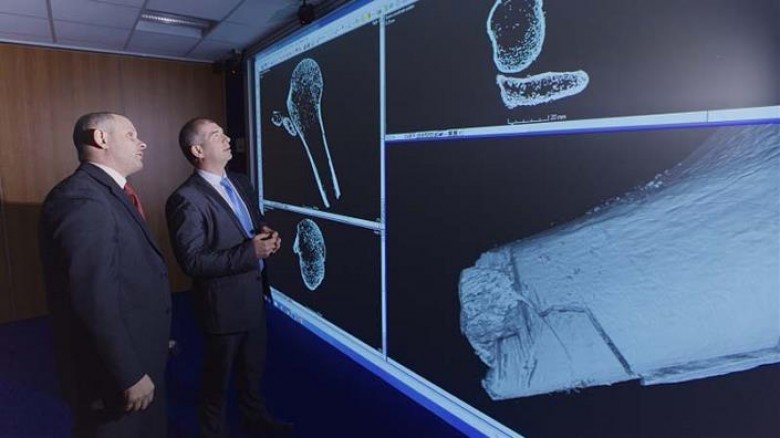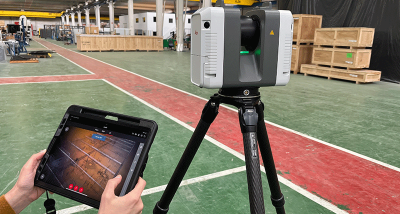Researchers at Warwick University and the West Midlands Police in the UK have helped secure a murder conviction using industrial 3D-scanning techniques. These techniques were developed by Warwick in conjunction with partners in verticals like aerospace and automotive manufacture, where they have been used to QA and spot material failures. This time, they were used to match a melted humerus bone to the rest of a victim’s body.
As STEM website Gradcracker writes:
“Lorenzo Simon was sentenced to to life in prison last month for the barbaric murder of a housemate, whose body he dissected and stuffed inside suitcases he later hurled into Birmingham Canal, with help from his girlfriend Michelle Bird.”
Here’s where the scanning comes in. Police detectives found a lump of black coal in an oil drum in the couple’s garden. Professor Mark Williams from Warwick explains that scanning the coal revealed “it contained the top part of the victim’s humerus, fused inside a mass of molten debris.”
It appears that the couple had used the drum as a furnace to destroy evidence. As Williams continued,
“The bone had been sawed and snapped. After scanning body parts in the cases, we found it was a perfect jigsaw fit to another piece of bone and could show in minute detail—down to 17,000th of a millimeter or half a hair’s breadth—the cuts on the bones. That helped officers match the serrated edge of the saw to many of the indents and showed they’d been inflicted with a blade width of 1.4mm. And we made exact 3D print replicas of the bone to demonstrate the evidence to the jury.”
That extremely precise scanning process they used was based on computerized tomography (CT) technology. The team captured nine pieces of bone by x-raying them at a variety of angles and processing the shots with software to generate a 3D model. After that, the models were displayed on a “virtual reality 3D video wall” that allowed all members of the investigative team to inspect the evidence. It sounds like a scene from a science fiction film.
According to the article, this isn’t the first time the research center has worked on a case. They’ve already helped to get convictions in three other murder trials (though without the use of a “virtual reality 3D video wall.)
“The team also provided 3D scanning evidence that was influential in convicting a Birmingham man who murdered his estranged wife last year at their family home. Andrew Leigh claimed he found former partner Luan Leigh collapsed on the floor and that his ham-fisted attempts at CPR were responsible for bruising found around her throat.”
He probably felt pretty crafty about that until the researcher’s 3D scans showed (at a higher resolution than hospital scans are capable of) that he had strangled her. Now he’s in jail for 25 years.
It’s undeniable that 3D scanning is changing the way we capture crime scenes, and this looks to be just the start.







